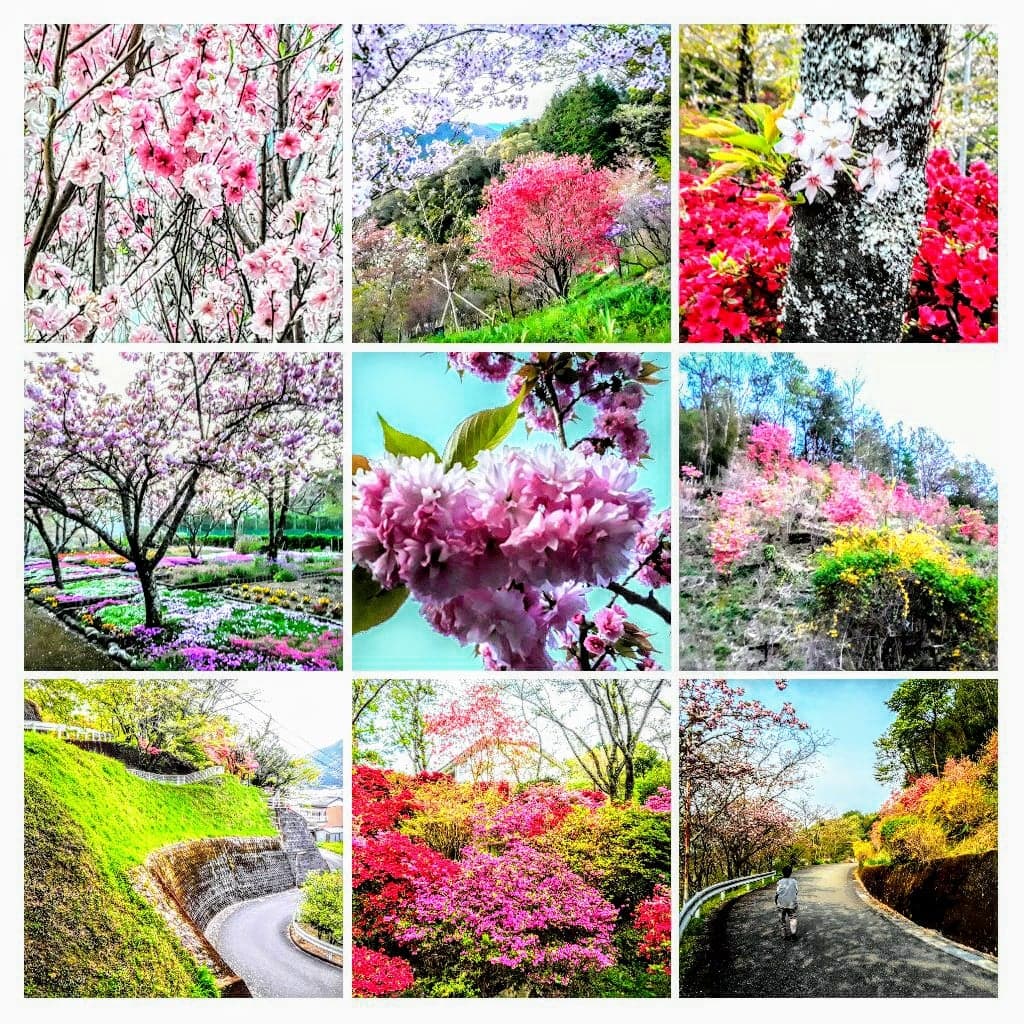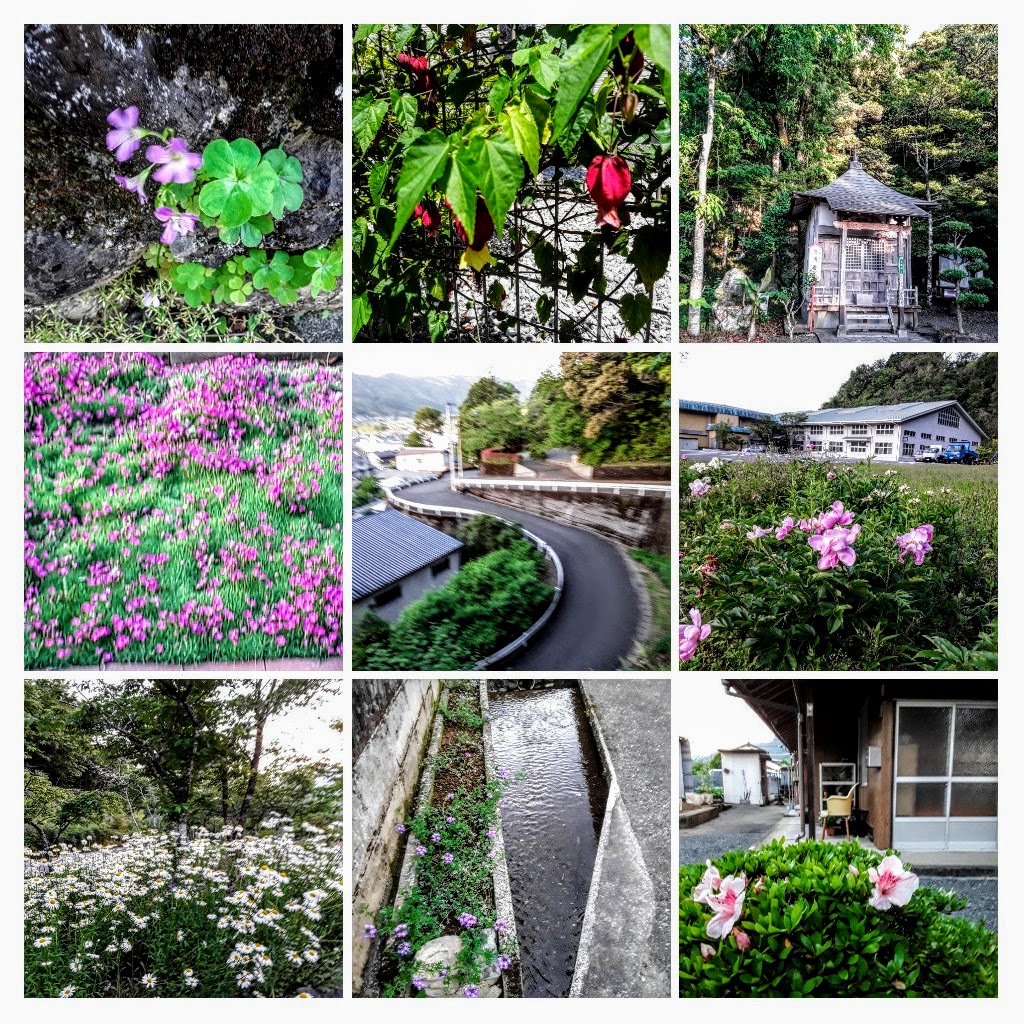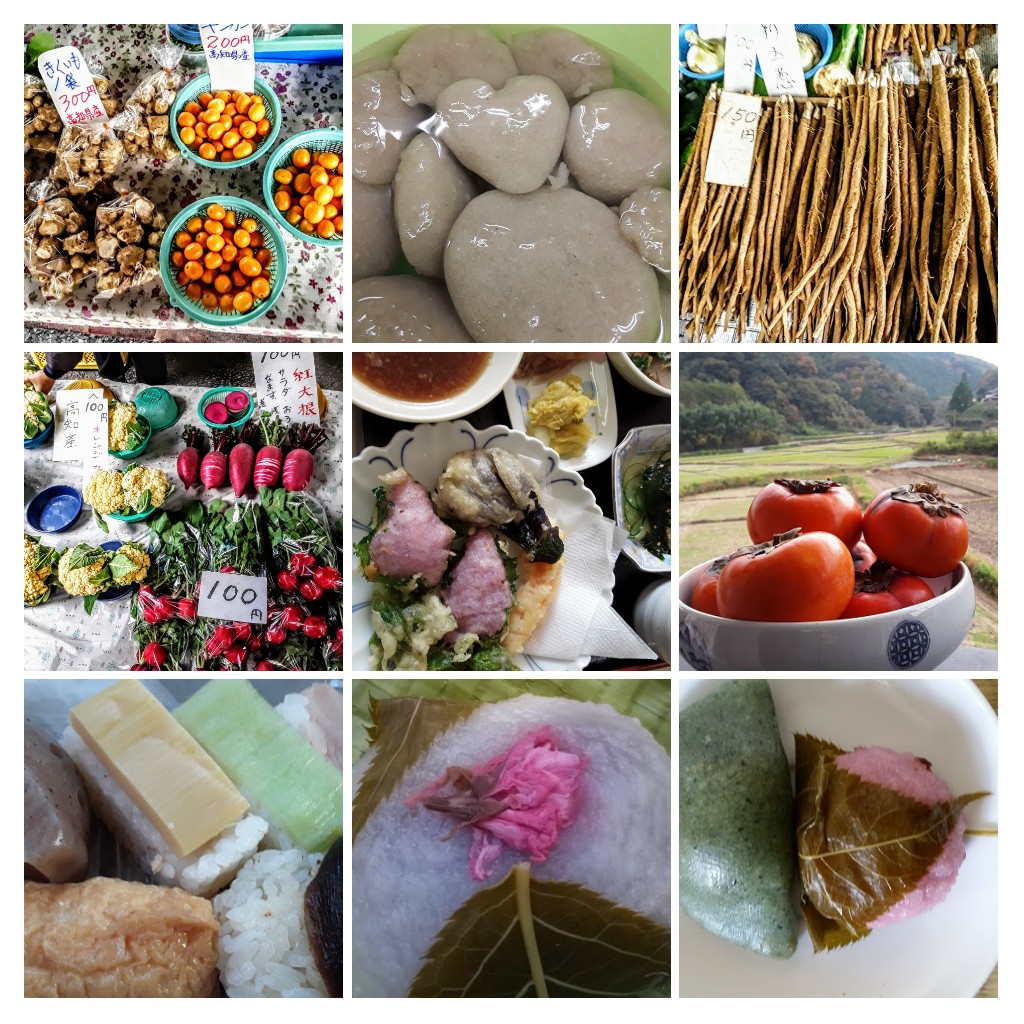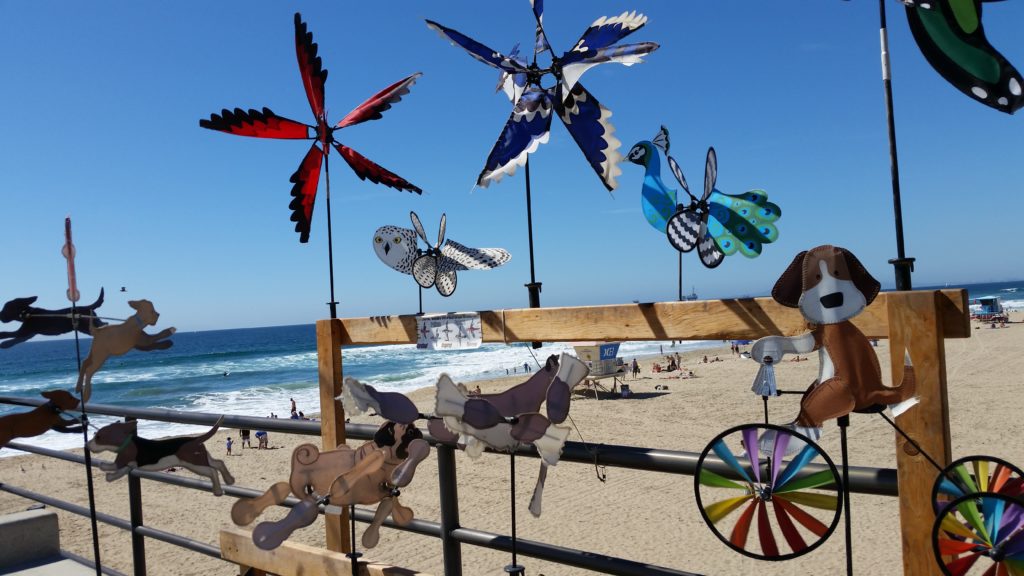
The sakura (cherry blossoms) are almost gone in my rural town on Shikoku Island, Japan.
Sakura bloom at different times in Japan from mid-March to the end of April, with over 100 varieties.
The sakura blossoms are deeply respected in Japan. Their fleeting lives remind us to remember that life is short, and we must make the most of it. And the Japanese philosophy of “mono-no-aware” is about appreciating the transitory nature of things like sakura while it is here.
The last sakura to bloom are “yaezakura” and is a multi-layered cherry blossom, with up to 50 petals per flower. Ranging from white to vivid pinks, the flowers look like fluffy pompons and are incredibly beautiful.
What is surprising are the other flowers and plants that often grow alongside and after the sakura die. Did people plant colourful flowers so they would have something to look forward to after the sakura die?
I believe this is part of the Japanese culture’s importance of transitions and a long term view of life.
I walked up and down a mountain road near home. I am often with nature here as my companion, and it calms me. It makes me happy, especially with the coronavirus pandemic and being on the other side of the world from family and friends.
Going down the other side of the mountain road, I walked past a spectacular row of sakura trees on one side. The other side had greenery with bright pink and yellow bushes of flowers as if someone had used a brush to splash the landscape with colour.
I thought I heard singing. I couldn’t place it.
I saw a woman with a mask coming up the winding mountain road. The singing was from her. As she was walking up the mountain roadway, she looked up at the sakura and said to me in Japanese, “beautiful!” I replied, “too beautiful!”
The woman said, “it makes you want to sing by yourself, doesn’t it?” She reached out her hands and put in my palm two wrapped chocolates. “Here,” she said. I said, “thank you.”
She continued up the road, looking up at the sakura as she walked. Then I heard the singing again.
I looked up at her, strolling up the mountain, admiring the sakura in wonder, and singing. It moved me deeply, this transaction with her and thinking how beautiful the world is at moments like this.
I wondered if she was a sparrow transformed into human form so that she could remind me to look up to appreciate the sakura and sing.
After the encounter, I felt compelled to share this story and my photos because it would be wasteful for me not to honour this woman and this moment.
When we have to throw out food, the Japanese say its “mottainai” or wasteful. It’s an ancient Buddhist term that translates into having respect for the resources around you, to not waste them and to use them with gratitude.
I believe mottainai also applies to our talents and gifts that we need to share with others. Otherwise, it would be wasteful not to as well.
Maybe writing and sharing stories to connect with you, is like singing for her? We all have our own ways of expressing our appreciation and joy for life. What is it for you?







0 Comments